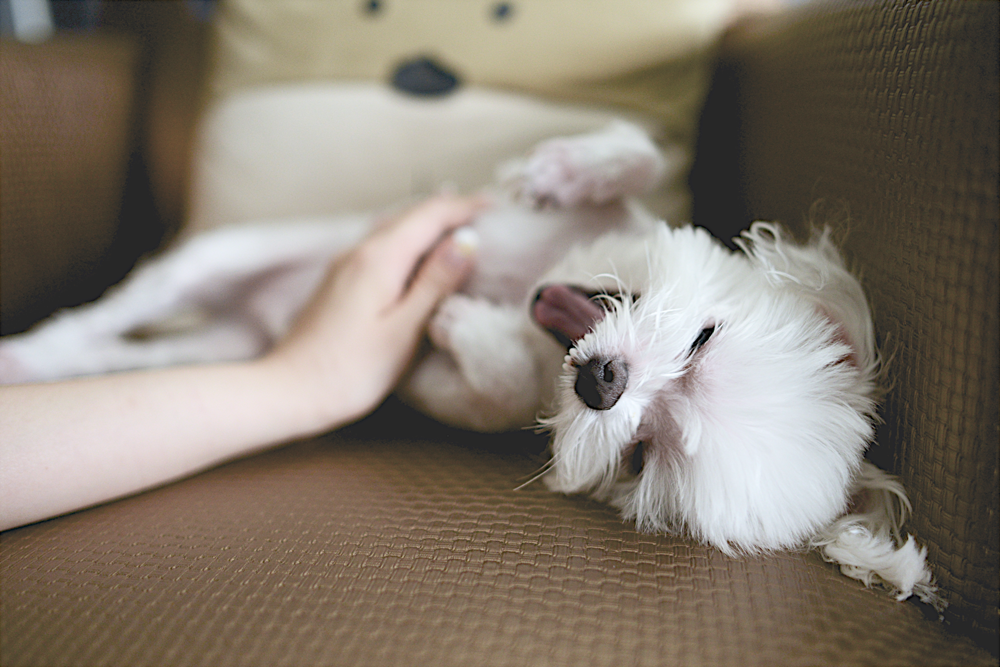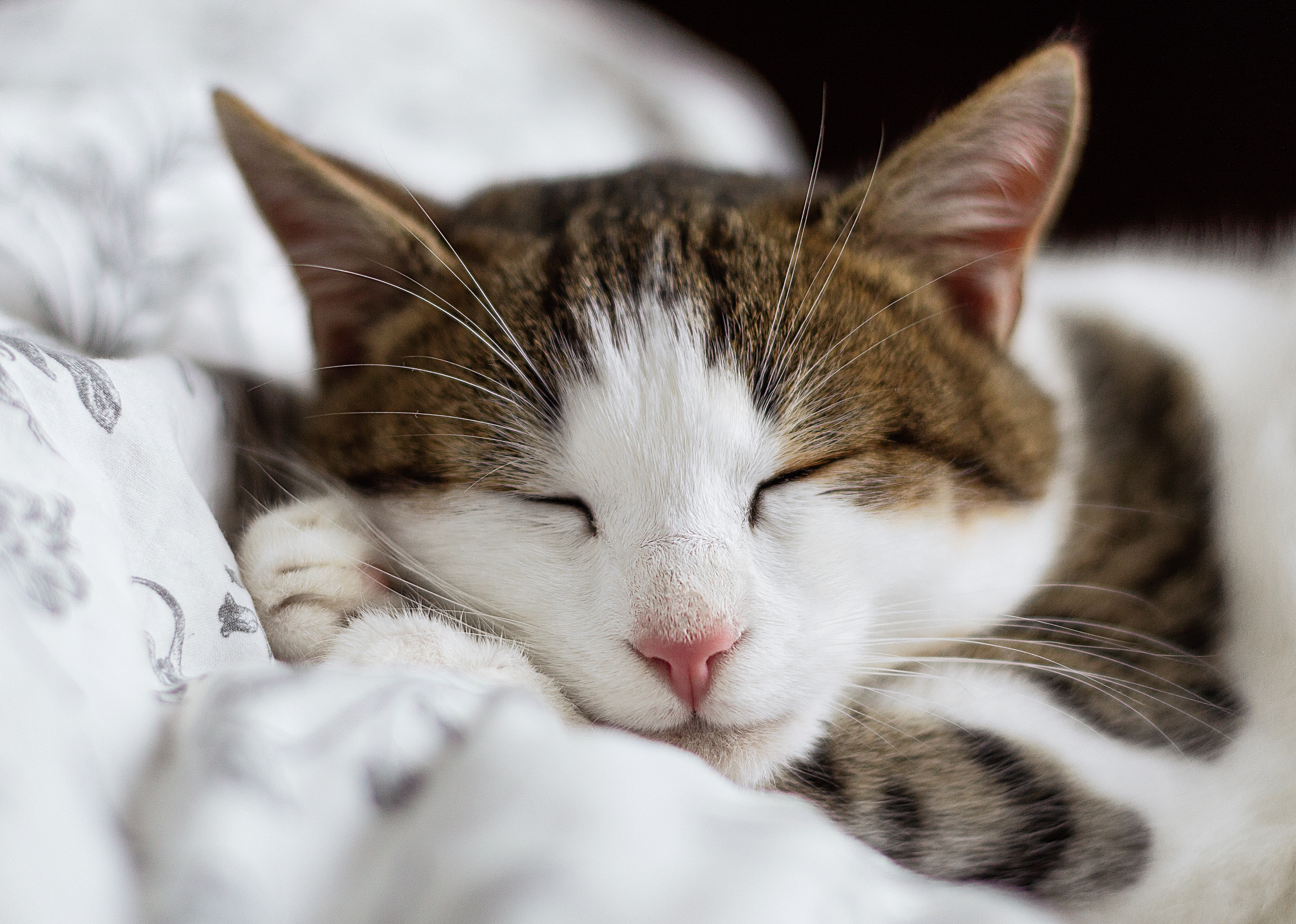Pets are an important part of our families, so if you love using dōTERRA products in your home you’ve probably wondered:
● Which oils are safe to use?
● How can you share their amazing benefits with your animals?
● How much can I apply?
● Should I diffuse or apply topically?
If you’ve ever had questions like these, we’re here to help! In this post, we share with you an introductory how to guide for using essential oils with animals.
Before we get started, here are a few general guidelines on how to use essential oils for your pets:
● Most animals are more sensitive than humans to essential oils.
● It’s a good idea to wear oils around your animals, diffuse in their space, or apply to your hands and let the animal smell them and monitor how they react to the different oils.
● Animals are very in tune to what they need so let your pet sniff the oil before applying it. If they pull away, it pants, whines or rubs its face on the carpet, the oil you’re using probably isn’t a good fit for your animal.
● Start with very tiny amounts of essential oil, always dilute heavily and use in moderation. For example, for every 1 drop of oil, use 5+ drops of a carrier oil.
● Be careful to not get essential oils in your animal’s eyes, nose, ears and other sensitive areas.
● Your animal’s size affects the amount of oil you should use. Be sensible, if you have a small dog you would not use the same ratios as you would on a large dog.
● Try rubbing oils onto your own hands and then stroking the animal’s fur.
● When oiling a wound, the key for quickest healing is to remove all the hair from around the wound with clippers (no scissors) and keep them from licking it. (use a sock, t-shirt, shorts, bandage, or e-collar when necessary.)
● When oiling your pets, please make sure they are well hydrated. The oils are detoxifying and if they aren’t properly hydrated the toxins will just sit in their system with no way out. If they aren’t properly hydrated, the toxins will just sit in their system with no way out. If they are severely sick, they may need IV fluids from your vet.
● If a pet does not like an oil, do not use it.
● Always tell your veterinarian what natural products your pet is using and involve him or her in these decisions.
Essential Oils and Dogs
Keep in mind of the following when using essential oils for your pups:
● For dogs 15-30 lbs., dilution is 1 tbsp FCO to 1 drop of essential oil.
● For dogs under 15 lbs., dilute 1 drop of essential oil to 2 tbsp of FCO.
● For larger animals, like large dogs, start with 3–5 drops. Unless otherwise indicated on the product label, dilution is unnecessary.
● Essential oils can be applied in various ways. Always be aware that some dogs may not like certain oils, and if you find your dog turning away or avoiding you when you try to apply the oil, be very cautious in using it.
● Putting oils around face, nose, eyes are usually too overwhelming for them. Most oils are better applied to the bottom of back paws between toe pads, on the stomach and/or behind ears for certain applications.
● Do not use Melaleuca oil on toy breeds. Dilute for larger breeds.
● Clove is also not recommended, except diluted for post oral surgery pain.
● Oregano, Birch, Thyme or Wintergreen can be toxic to dogs too.
Essential Oils and Cats
Use special caution when using essential oils with cats. Cats are more sensitive to essential oils than dogs. Take a note of the following when using essential oils for your beloved felines:
● You can use most of the same oils recommended for dogs. However, you must dilute them. Treat cats like they are a 3-month-old human infant.
● Safest dilution is 1 drop to 2 tbsp of carrier oil. 1 drop of essential oil to 4 tbsp carrier oil for kittens. Then use 1-2 sprays or 1-2 drops of oil per application.
● Cats are easily overwhelmed- always leave an avenue of escape from the room you are diffusing oils in and diffuse at half usual strength. A cat’s sense of smell is much keener than dogs.
● Avoid oils high in phenols and eugenols for direct application (topical or internal) such as, Basil, Birch, Cinnamon, Clove, Fennel, Melaleuca, Oregano, Peppermint, Thyme, and Wintergreen as well as oils high in d-limonene which includes all Citrus oils. These oils with high levels of these constituents may overwhelm a cat’s liver’s ability to metabolize and eliminate them.
● It’s not a good idea to use oils topically or internally on your cat every single day.
Essential Oils and Live Stock
● For very large animals, like horses and cattle, start with 10 drops. Unless otherwise indicated on the product label, dilution is unnecessary.
● You can pull out the bottom lip and drop oils directly into the mouth to larger animals.
What Oils Are Good For What?
Anxiety/Nervousness: Balance, Lavender, Bergamot, Serenity. Rub 1–2 drops between hands, and apply to muzzle, between toes, on tops of feet for the dog to smell when the nose is down, and on edge of ears.
Arthritis: Frankincense or a blend of Rosemary, Lavender, and Ginger diluted with massage oil. Apply to affected joints.
Bleeding: Helichrysum, Geranium.
Bones (Pain): Wintergreen (not for cats), lemongrass.
Calming: Balance, Lavender, Frankincense.
Cancer (Skin): Sandalwood, Frankincense.
Colds and Coughs: Eucalyptus, Melaleuca (not for cats). Apply on fur or stomach.
Cows: For scours, use 5 drops Digestive Blend on the stomach. Dilute with fractionated coconut oil to cover a larger area. Repeat 2 hours later.
Dermatitis: Melaleuca. Note: Some adverse effects have been reported with the use of larger amounts of melaleuca oil on some species of dogs. Contact a veterinarian before using Melaleuca on a dog. For smaller dogs, use only a small amount of oil, heavily diluted.
Earache: Blend 1 drop melaleuca (tea tree), 1 drop lavender, and 1 drop Roman chamomile diluted in massage oil. Apply 1–2 drops to inside and outside of the ear. (Do not use this blend on cats.)
Ear Infections: Purify Blend. Dip a cotton swab in oil, and apply to inside and front of the ear.
Fleas: Lemongrass, Eucalyptus. Add 1–2 drops of oil to shampoo.
Heart Problems: Peppermint on paws. (An antiviral blend such as a On Gurad applied on the back with a warm compress also helps.)
Sleep: Lavender (on paws), Calming Blend (on stomach).
Stroke: Frankincense (on brain stem/back of neck), Balance (on each paw).
Ticks and Bug Bites: Purify. Drop directly on tick, or dilute and apply to wound.
Travel Sickness: Peppermint. Dilute with massage oil, and rub on the stomach. Also, helps calm stomachaches.
Horses:
Anxiety/Nervousness: Serenity (Lavender Peace). Rub 1–2 drops between hands, and apply to nose, knees, tongue, and front of the chest.
Hoof Rot: Blend together 1 drop of each: Roman chamomile, Thyme, and Melissa diluted in carrier oil. Apply on location.
Infection: Onguard.
Leg Fractures: Ginger and carrier oil. Wrap the leg with a hot compress. Massage leg after fracture is healed with a blend of rosemary and thyme diluted with a carrier oil. This may strengthen the ligaments and prevent calcification.
Muscle Tissue/Ligaments: Apply equal parts lemongrass and lavender on location; wrap to help regenerate torn muscle tissue.
Wounds: Helichrysum.
Parasites: Lavender, Digest Zen, cedarwood. Rub on paws to release parasites.
Make Sure It’s The Good Stuff
Always use the very best quality essential oils you can find; higher quality oils usually come from smaller companies who will be willing to answer your questions about the product. Look for products in tamper-proof amber or cobalt glass bottles. dōTERRA’s oils are tested by batch and are so pure that you can use them topically on cats sporadically in a highly diluted form (as if for infants).
GET STARTED WITH ESSENTIAL OILS
Ready to get started using dōTERRA essential oils? Great stuff! The cheapest and smartest way to get started is as a WHOLESALE CUSTOMER.
To do this CLICK HERE.
Learn more about joining dōTERRA here.
*If your pet or animal has a known health issue, please consult your veterinarian before administering essential oils. These statements have not been evaluated by the Food and Drug Administration. These products are not intended to diagnose, treat, cure, or prevent any disease.
*These products have not been approved by the FDA or TGA and are not intended to treat, cure, diagnose or prevent any disease. Please seek advice of a trained health care professional where appropriate, especially if pregnant or breastfeeding. The limited information found on this website is for informational purposes only. You should never rely solely on the information found here and if you have any health condition or illness always seek out the advice of a trained professional.




I absolutely love ❤️ having a place to come to for my fur babies! I am really excited and plan to read through this! Thanks so much for sharing! Very much appreciated!